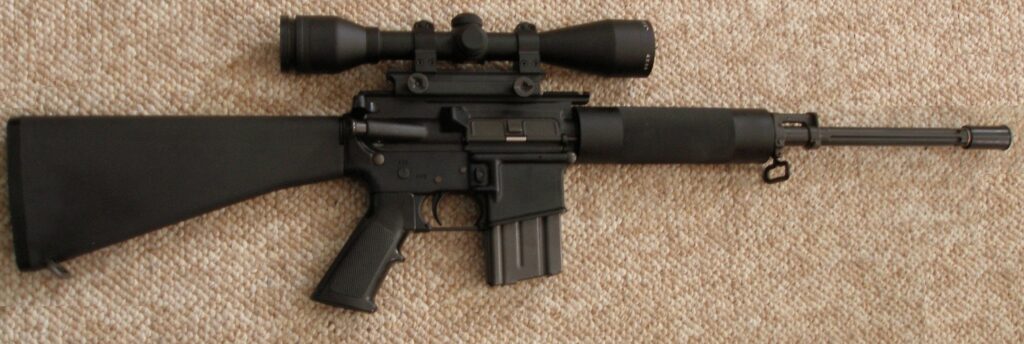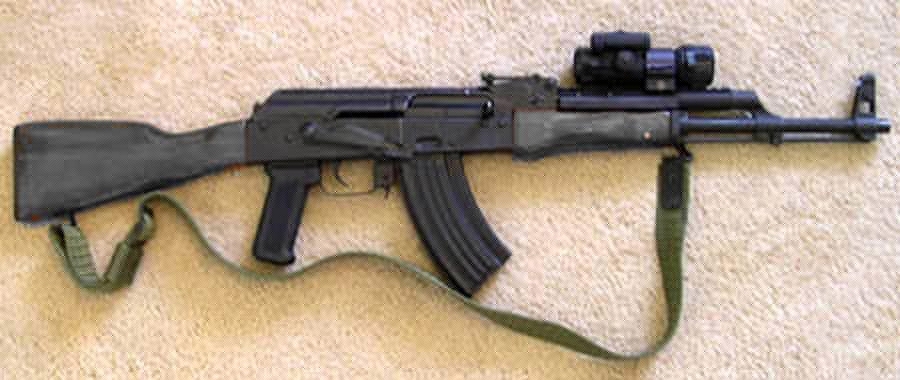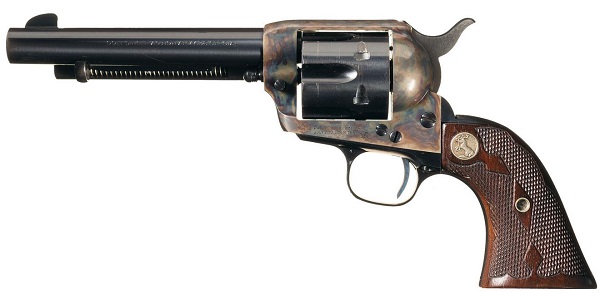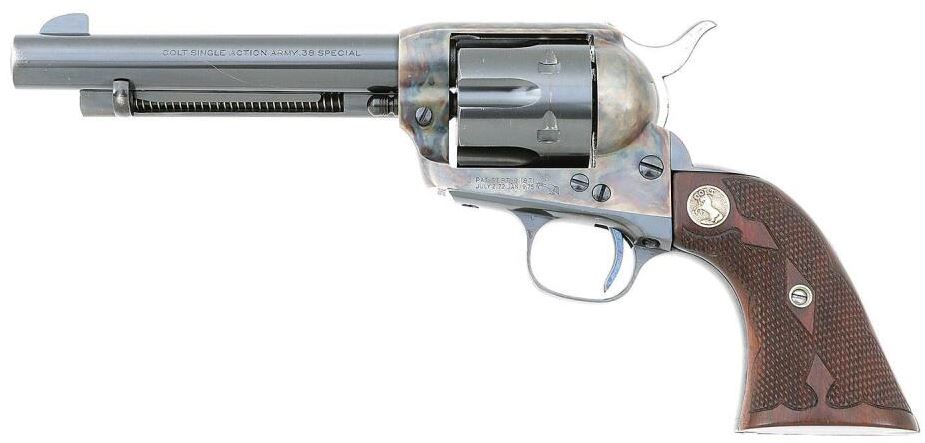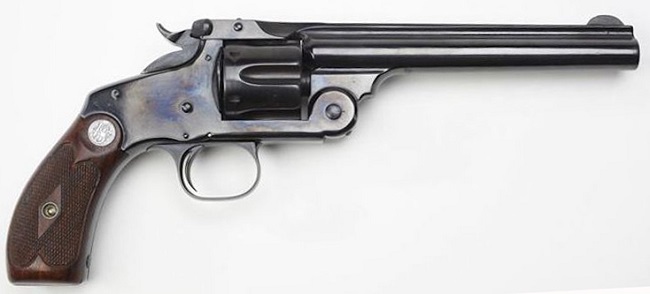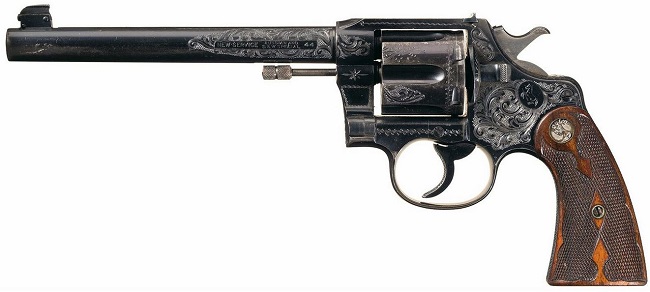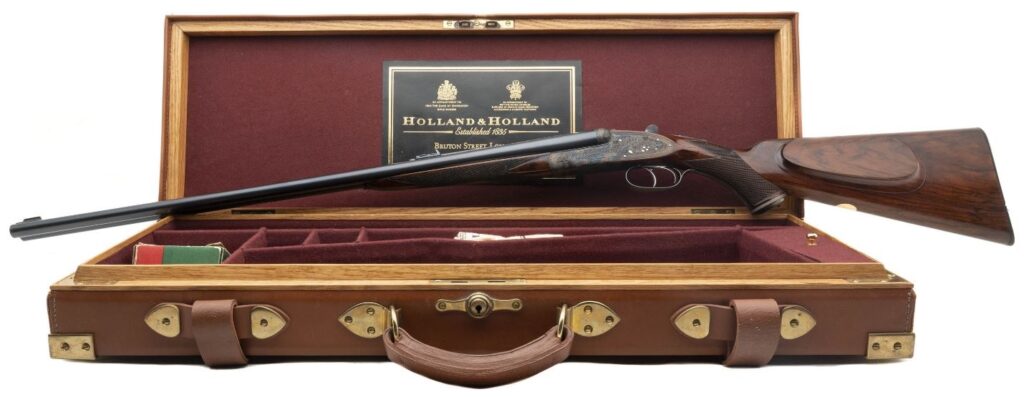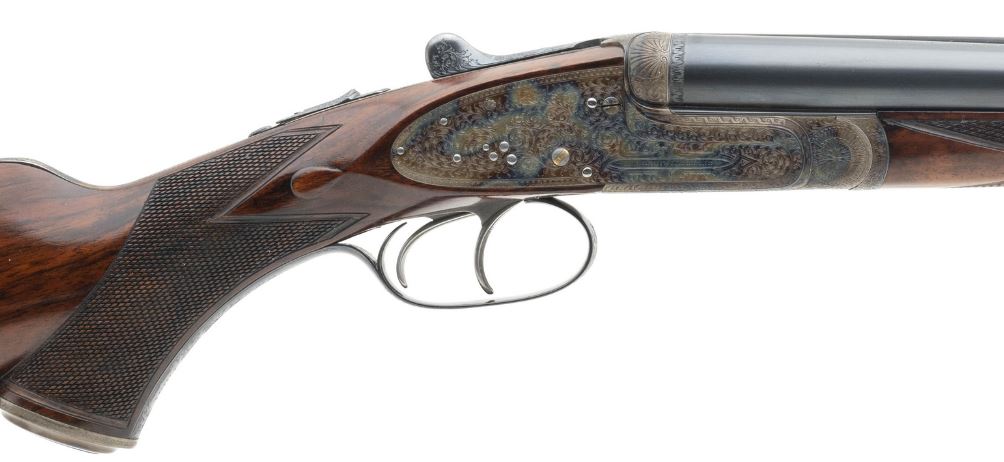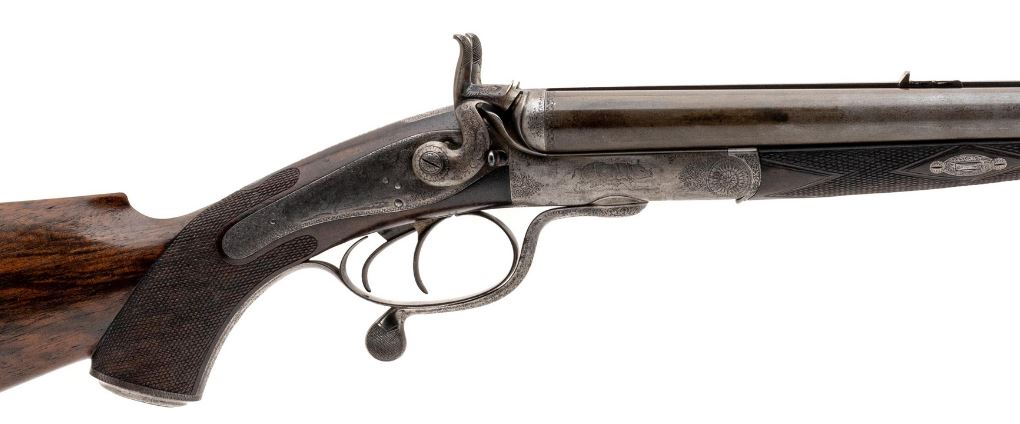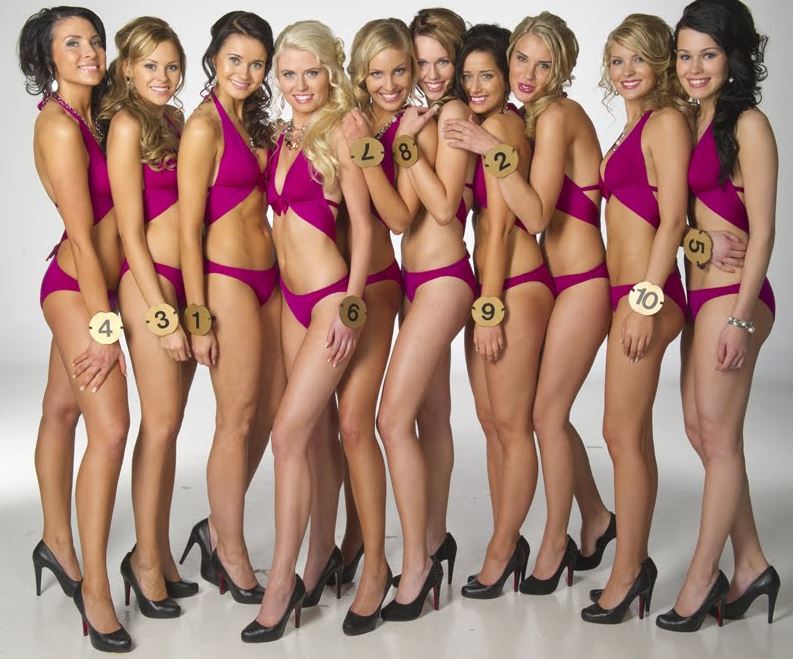How many times have you seen someone closing a revolver’s cylinder by giving a quick twist of the wrist, making the cylinder snap closed into the frame? It’s mostly done in movies, of course, as so many shooty bad habits occur, but I’ve actually seen it done at various ranges, shaking my head at the idiocy.
Here’s a quick video which explains why this action is stupid, and how it can damage the gun (often terminally, when repeated often).
A couple weeks ago I went shooting with a Reader at my local killing-practice facility, and one of the guns I brought along was my bedside gun, the S&W Model 65:
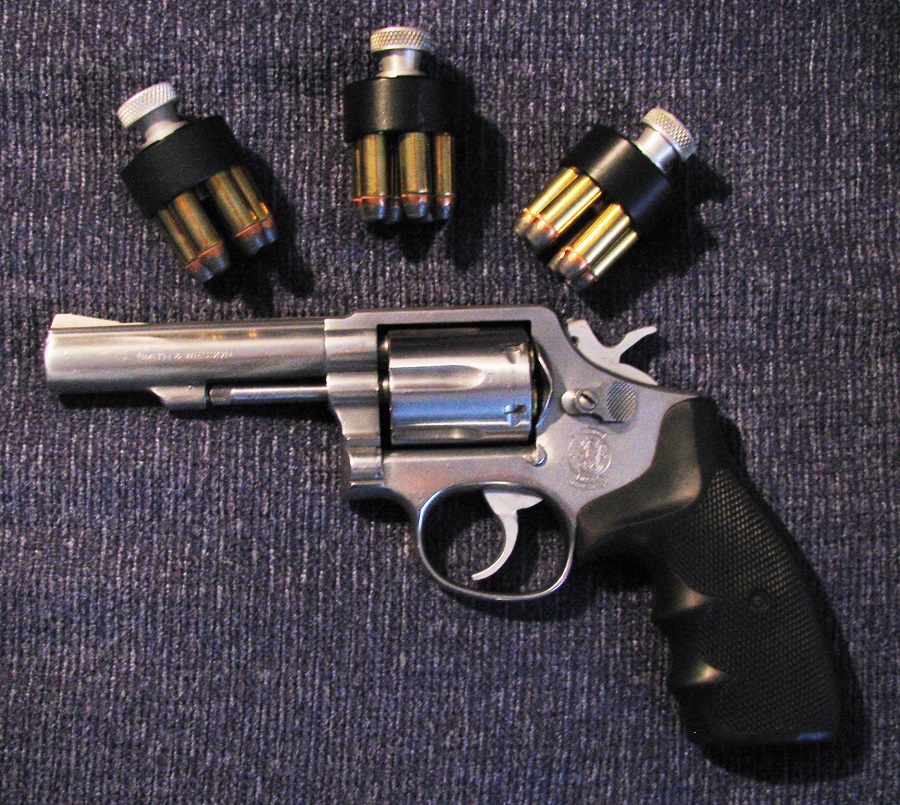
Now the thing about a bedside gun, as any fule kno, is that it absolutely, positively, has to work all the time with 100% reliability. You pull the trigger, it has to go BANG and when you pop the cylinder release to reload (assuming such an action is necessary), it has to open so you can dump the empties… right?
Well, on this particular occasion the first part went as advertised, all six rounds going BANG. The second part? Nu-uh: the cylinder was stuck shut, and required a firm smack to get it to move. Not good. But I went ahead and reloaded it anyway, fired off the rounds, and popped the cylinder open — this time, without any problem.
I would have shrugged the earlier malfunction off, except for that irritating “100%” reliability thing. So I dumped the empties, closed the gun up unloaded — and the cylinder stuck closed again when I tried to open it.
Oh-oh.
Back at home, I checked the 65 out. Pawl bent? No. Ejector hangup on the frame? No. Powder buildup at the forcing cone? Dirty, to be sure, but after I polished it clean, the cylinder still wouldn’t open every time.
If there’s one thing I hate more than a malfunction, it’s an occasional malfunction.
So I took it over to Larry at SPS Guns, and after a few minutes, his on-premises gunsmith — who looks about twelve years old, but they all do nowadays — diagnosed the problem: the front of the ejector rod was sticking:
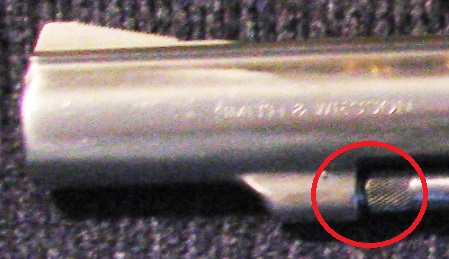
…most likely because it was no longer straight — the tip had been peened in one spot and the ejector rod ever-so-slightly bent out of true, no doubt by someone performing The Idiot Twist to close it up. This was why the malf only repeated occasionally: the peening and bend would only cause a malfunction depending on the position of the rod.
Anyway, the problem was fixed by the gunsmith ($$$) because I sure as hell wasn’t going to try, and after about a hundred or so repetitions the problem did not reappear. He also cleaned up the gun, getting rid of all the crud I hadn’t been able to reach, yeah unto the innards of the gun itself. (I don’t open up revolvers if I can help it; I don’t do it often enough to trust myself to do the job properly.)
Anyway, all is now well: a lengthy range session followed (just to dirty the piece up again, whatever), and the Model 65 could resume its rightful place on the bedside table.
By the way: I bought the Model 65 secondhand, of course, and not knowing how well it was treated by its previous owner(s), I don’t load it up with .357 Magnums, but with .38 Spec+P:
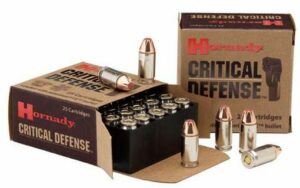
I do know, now, that at least someone had been using The Idiot Twist in the gun’s previous life.
Do thou not the same with thine.
